
|   |

|   |
 e-mail: ukb7@rediffmail.com An epic spectacle nonpareil Photos courtesy: Anurupa Roy August 23, 2017 Each traditional hymn in India, indeed every incantation available, ends with the invocation: Om Shantih, Om Shantih, Om Shantih. Yet Mahabharata, the largest and the most revered epic in India alongside Ramayana, is built upon one unending quest for war and violence, fratricidal battles and relentless bloodbaths that leave virtually no family unscathed. Introspection would show that as many as fourteen principal dramatis personae of this epic had existential crises in their distinguished lives, or had personal crosses to bear all the while, or bore unintended curses on their heads that dogged them down to the end of their sojourn on earth. On a single count by the traditional Sillakeyata Mahabharata of Karnataka, these major characters were: Shakuni, Yudhisthira, Draupadi, Amba/Shikhandi, Abhimanyu, Arjuna, Jarasandha, Dronacharya, Duryodhana, Dussaasana, Karna, Ashwathama, Gandhari and Krishna (deemed God). Mahabharata, presented (at GD Birla Sabhagar in Kolkata on August 20) by Katkatha Puppet Arts Trust from Delhi, took an especially grand look at the Karnataka musical version of the epic and blended multiple media to bring alive a synoptic panorama on stage that was neatly choreographed all through. Making Karnataka's Togaly Gambiyetta (colourful two-dimensional shadow puppets that use double eyes, a la Pablo Picasso canvases) as its staple, to start with - accompanied by most sonorous singing by the gifted Kannada puppet-artiste Gundu Raju - it soon launched a delightful animation that has seldom accompanied the manual craft and created lines of marching infantry and clutches of flying arrows on the wide screen. There were ubiquitous rod puppets and moppets (human puppets), Kerala's Kalaripayattu and Manipur's Thang Ta, highly ingenious use of Japan's Bunraku (hand-held full-length puppets, operated by two or three puppeteers: clad in black and supposedly invisible) and animated human actors - all moving around with a large dollop of Mayurbhanj Chhau to provide controlled rhythm and aesthetic harmony among characters. Slide show Photos courtesy: Anurupa Roy 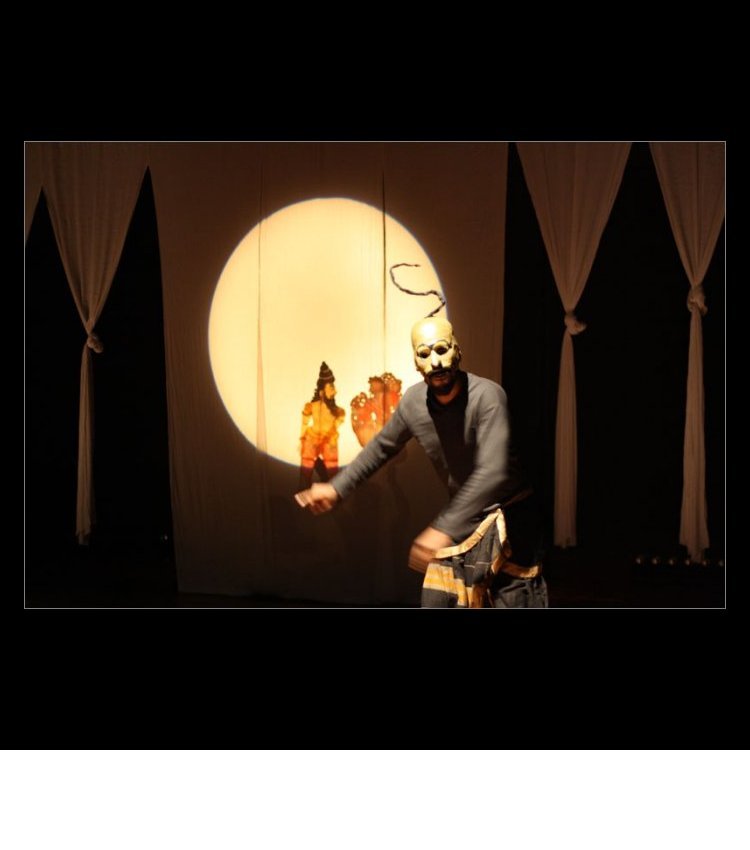
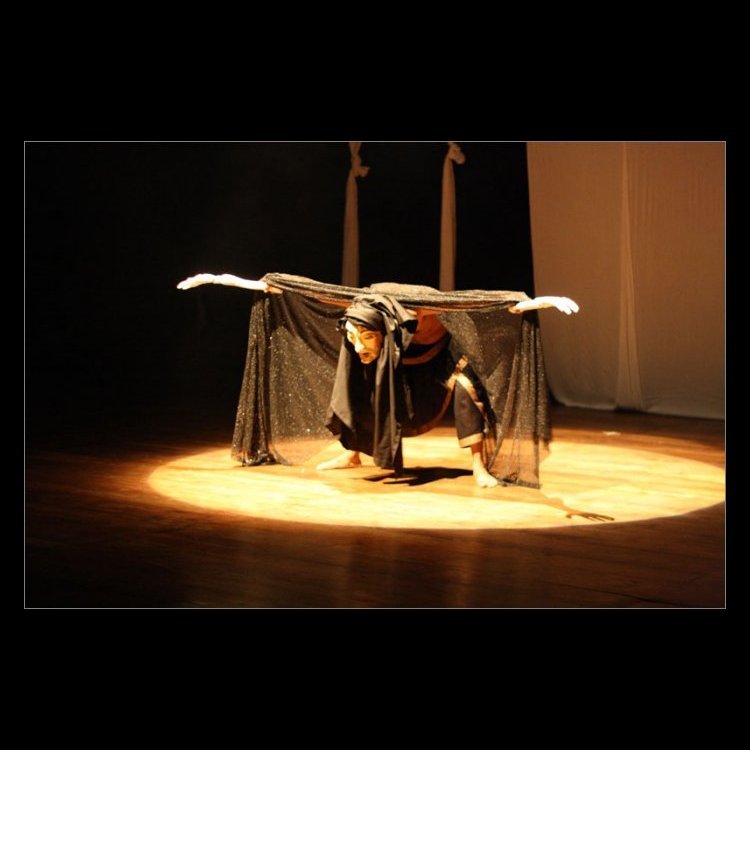
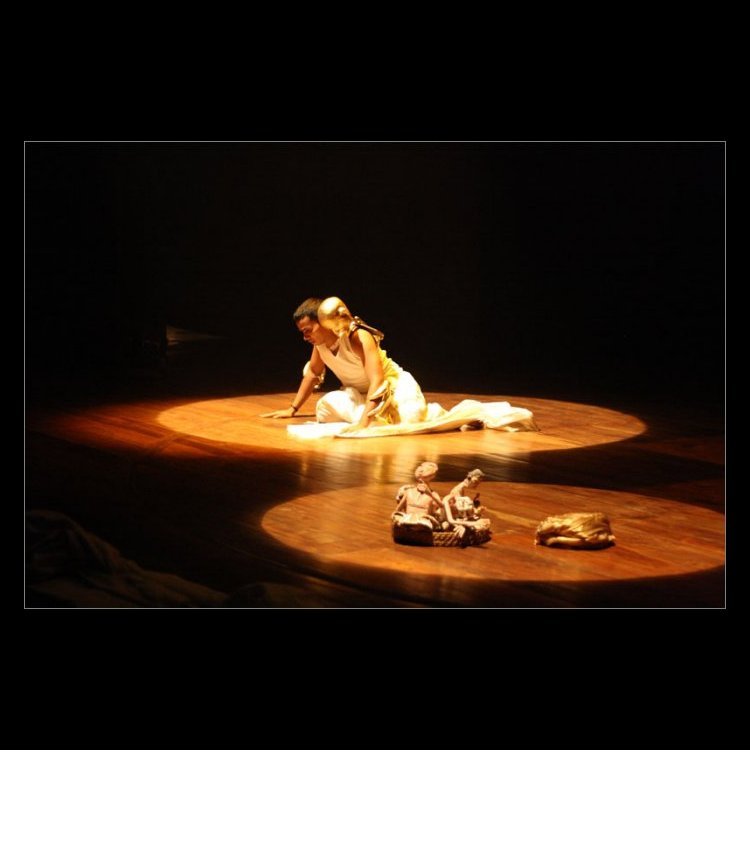
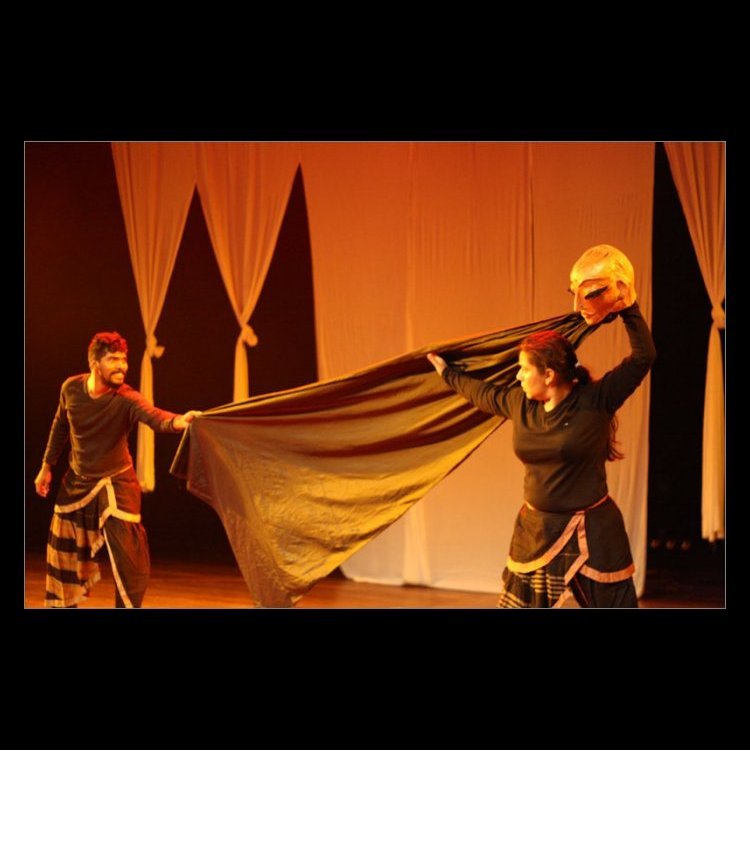
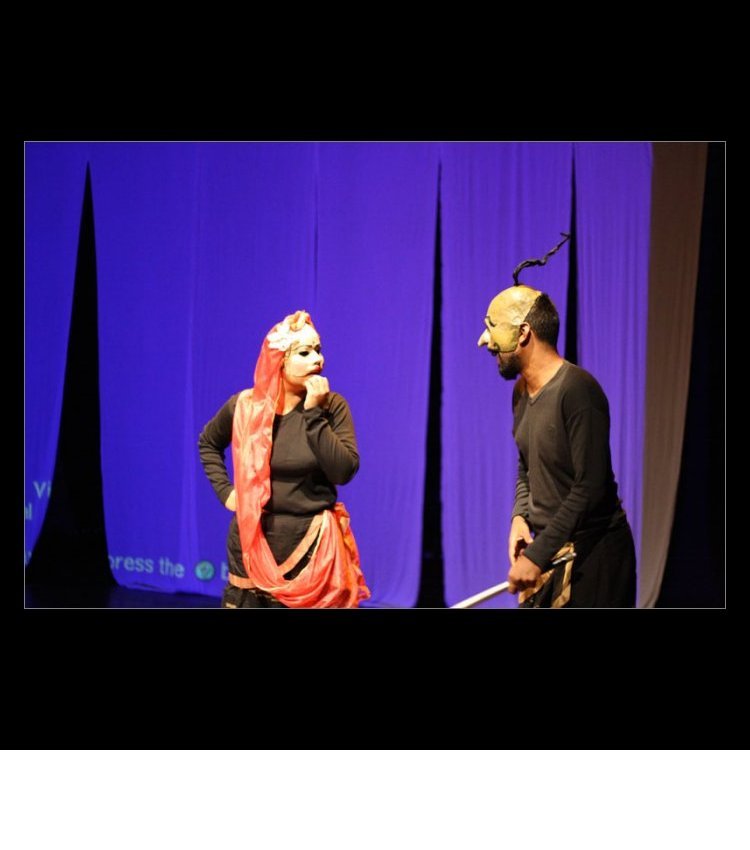
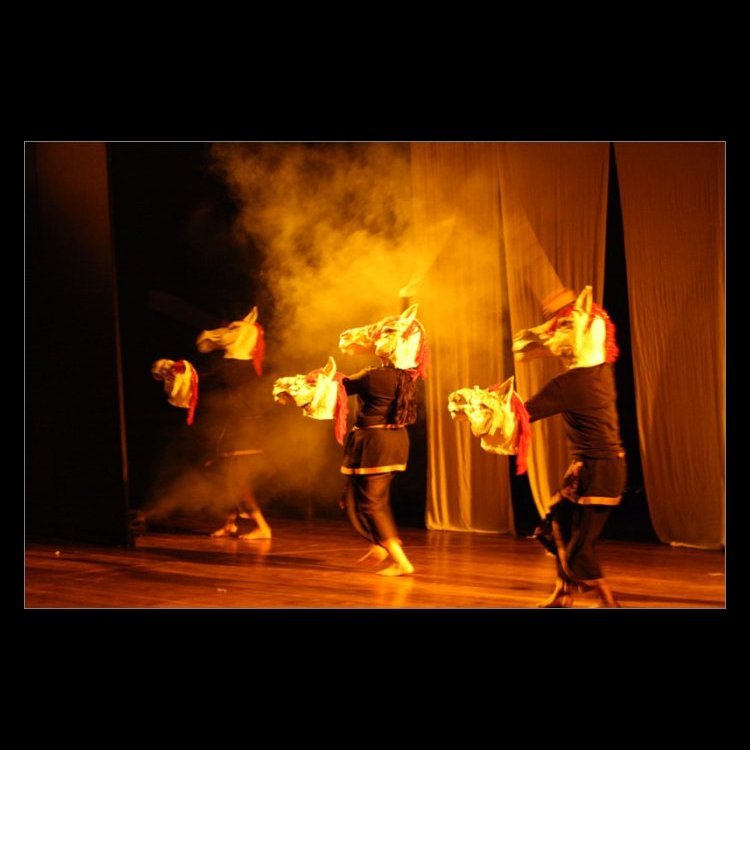
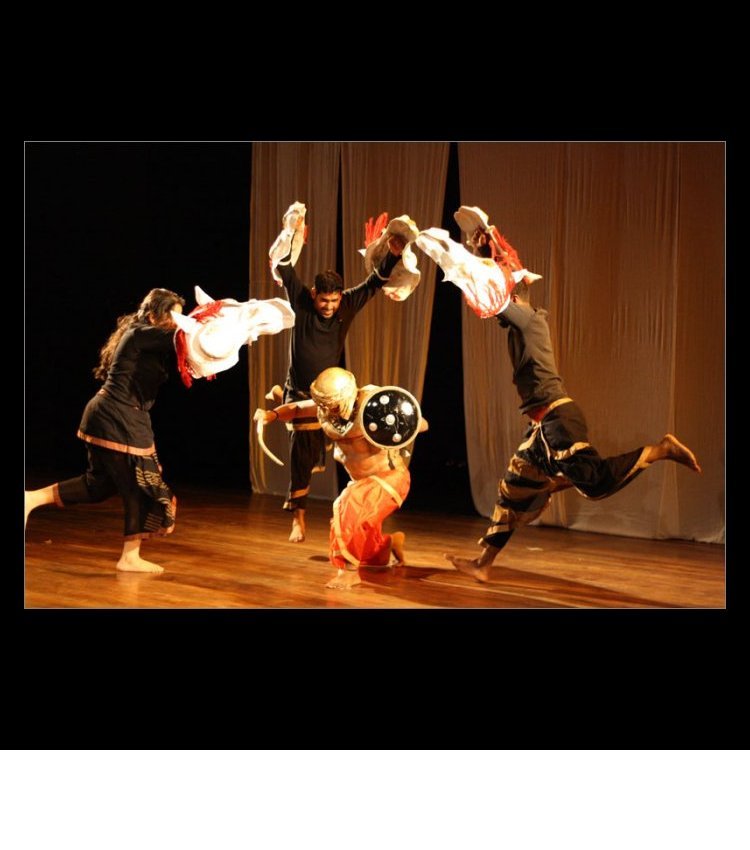
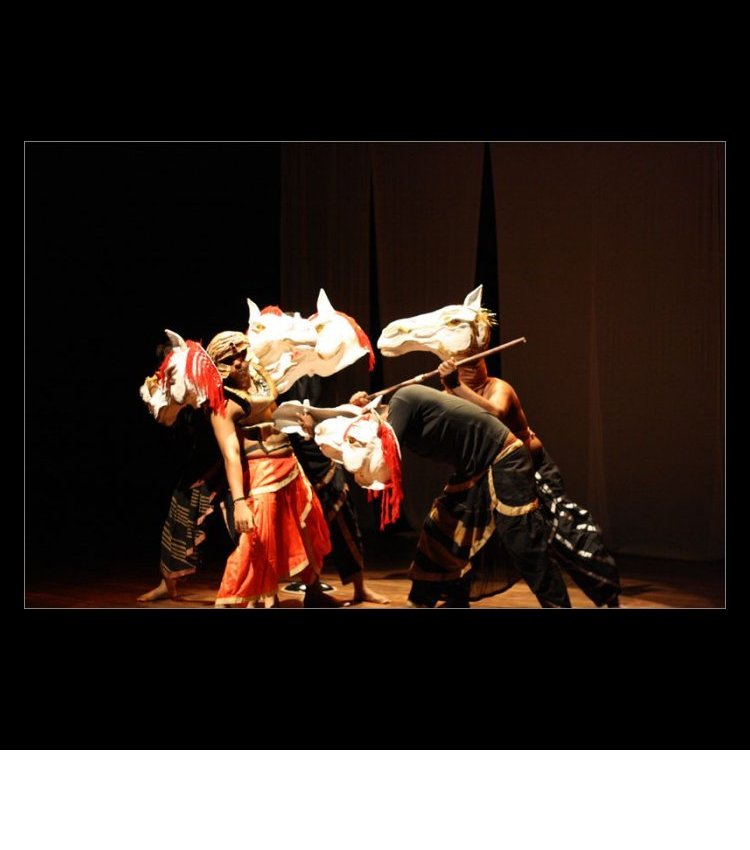
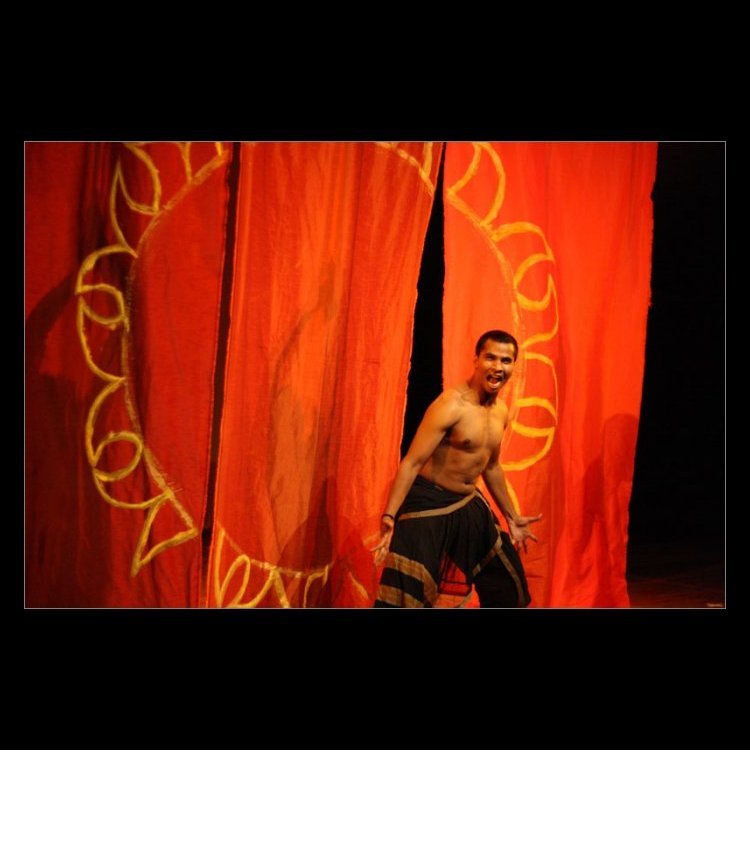
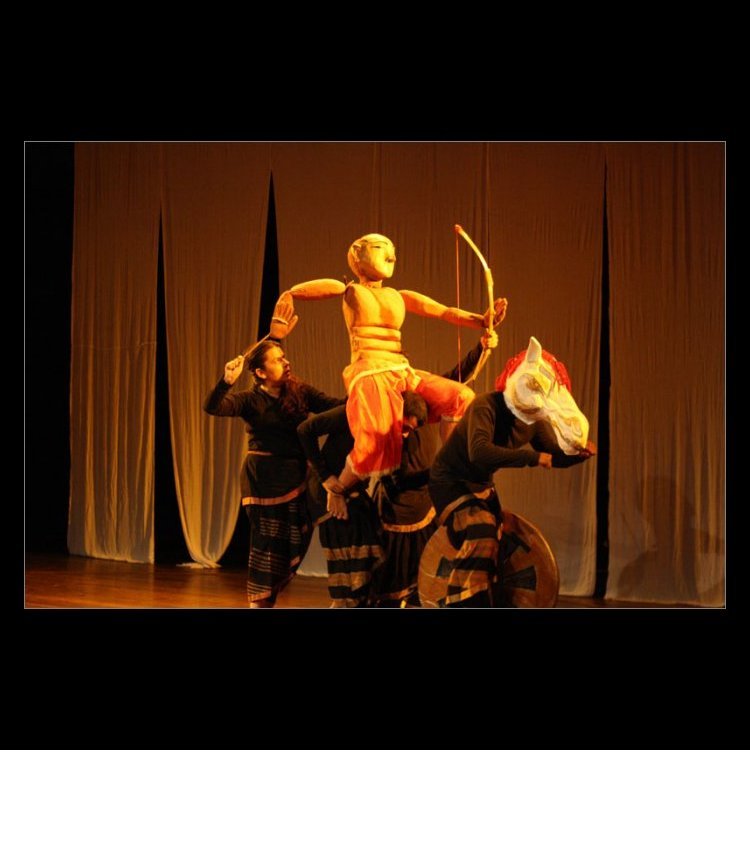
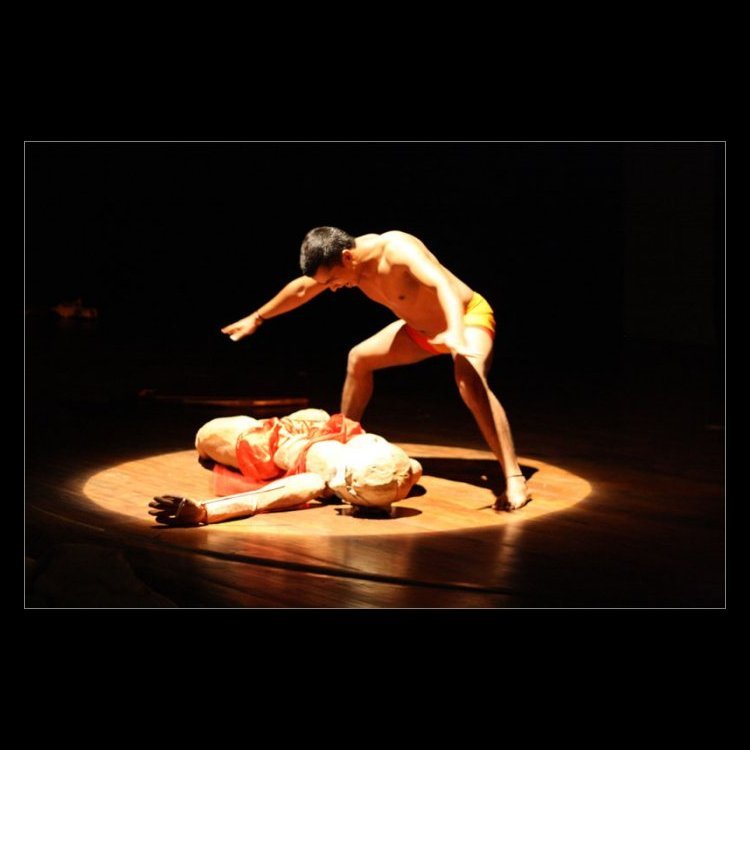
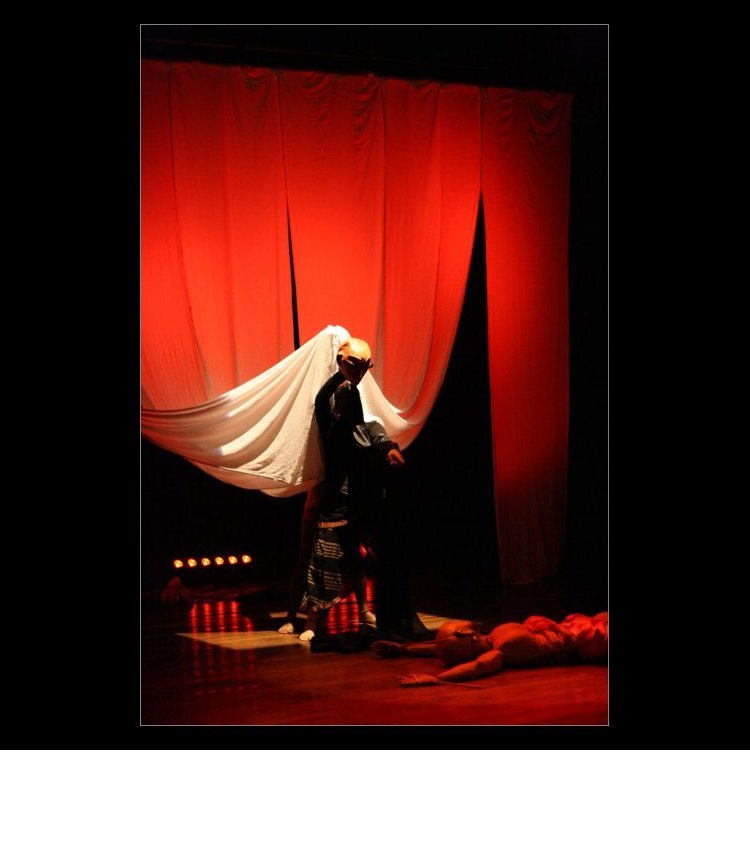
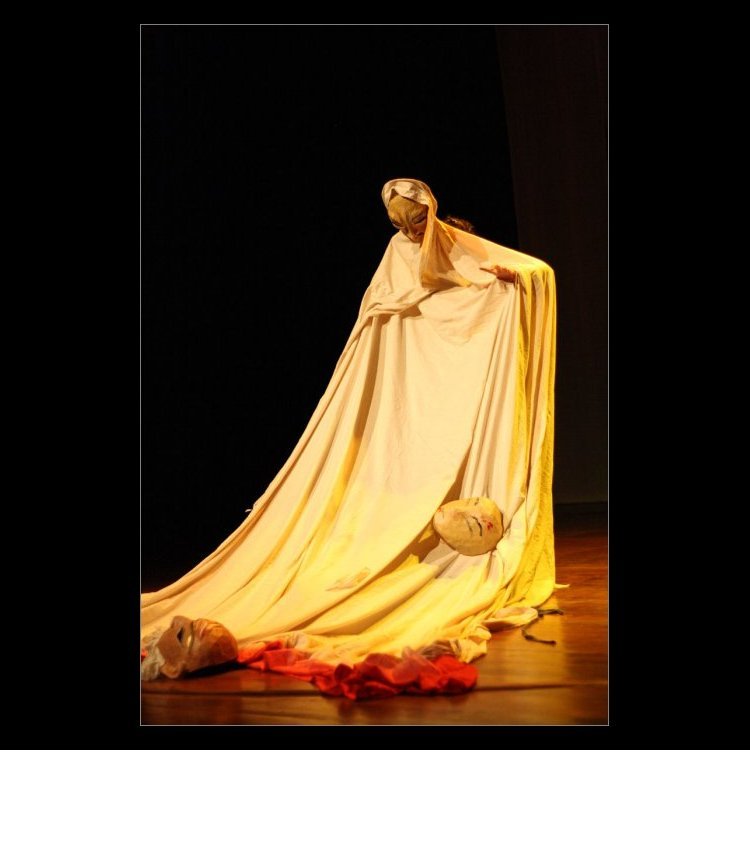
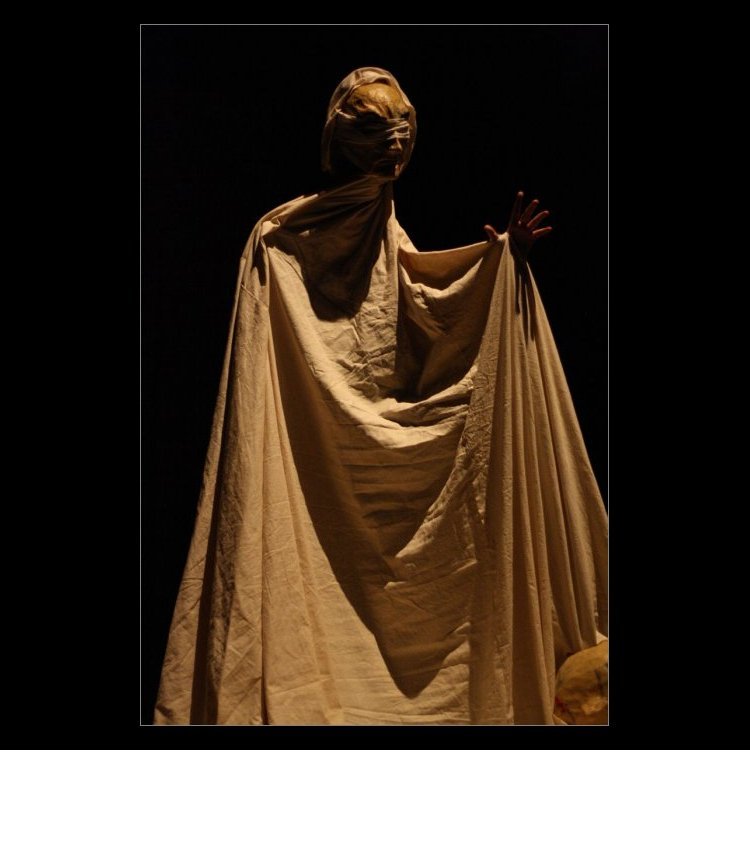
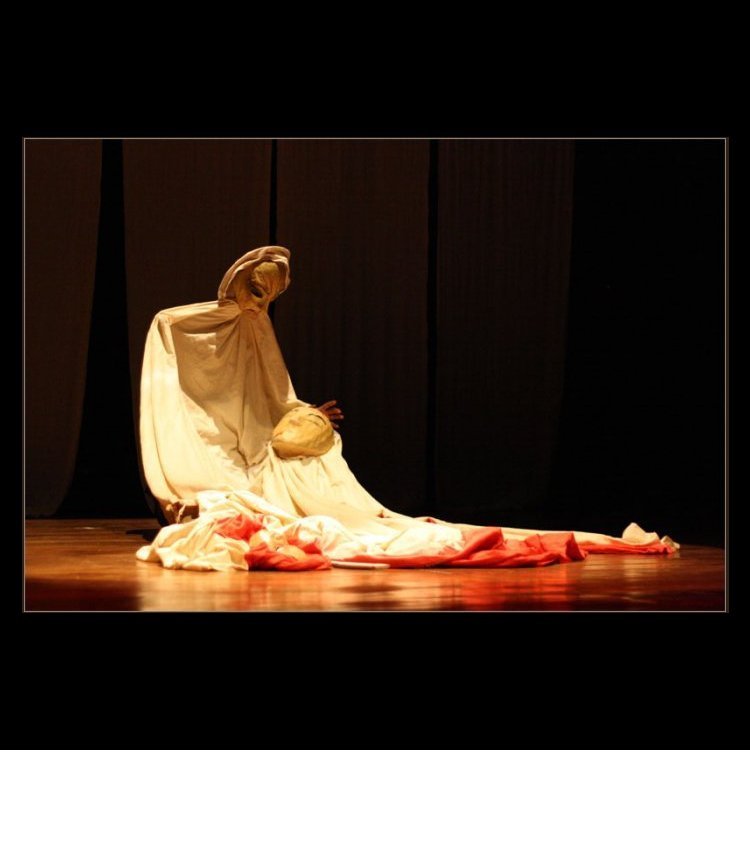
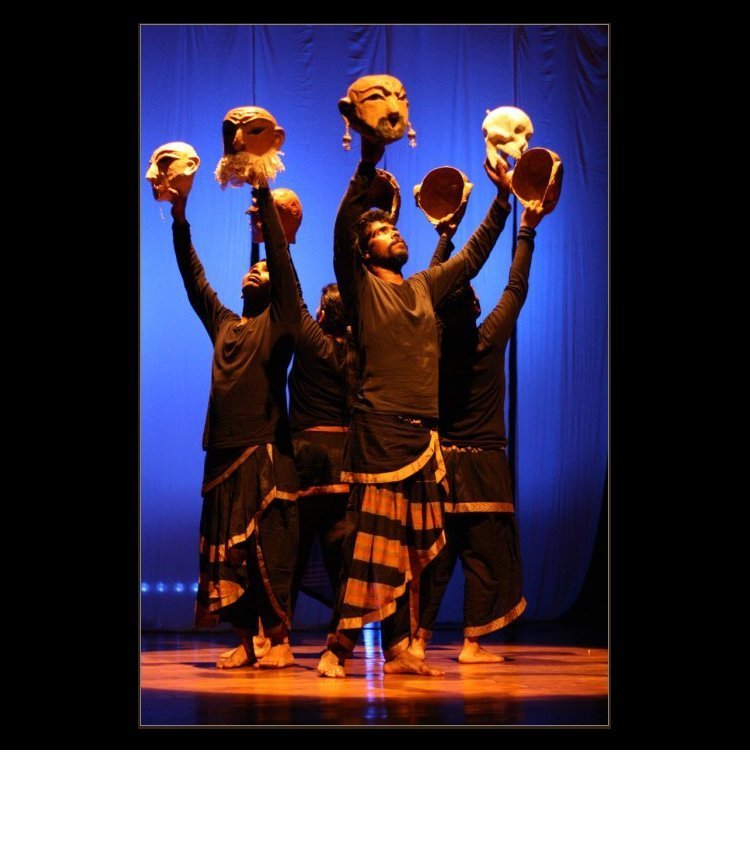
Directed by the young thespian Anurupa Roy, the show began according to the traditional tenets: story-telling by the ardent narrator and her cohort as a perfect counterfoil, carrying forward their stories in contemporary lingo, liberally spiced with humour. The narrative - embedded in the epic - had ample scope for biting satire: didn't the ancient kings indulge in large doses of arbitrary kidnap of and forced wedlock with hapless maidens? Weren't hermits used to impregnate the barren queens? Most of all, weren't wars fought on the flimsiest of grounds and least concern for precious human lives? In between the time, stories were told and characters taunted, depiction of piquant actions took place, some among personal lives and others in stormy battle scenes to accentuate the overall drama. None of the chosen fourteen of Sillakeyata Mahabharata was spared, and with what visual splendour: Amba going back and forth, between Bhishma and Salwa, as a shuttlecock and finally wreaking her revenge on Bhishma as a transvestite Shikhandi; the sagacious sage Veda Vyasa flinging himself upon horrified princesses and begetting useless scions like the impotent Pandu and the blind Dhritarashtra; Draupadi, in a hostile male court, drawing herself to a full eight-foot stature in order to shame the Kaurava villain bent on seeing her nude. The battle interludes were particularly captivating: the boy-hero Abhimanyu waging most unequal duels with each of the enemy stalwarts armed to the teeth; the great guru Dronacharya duped by a split-level sun and getting killed; Bhishma, with a zillion arrows stuck, lying on a soldier's back to create the perfect posture for his prostrate body; Karna - with the chariot-wheel come unstuck - succumbing, though a picture of dignity; Jayadratha being illegally torn asunder (shown through puppets); Duryodhana assassinated in the most heinous manner (again mirrored by puppeteer's ingenuity); Bhima and Dussasana conceived as a human wrestler and his split-image adversary - but, actually, a Bunraku puppet, handled by ‘hidden' manipulators - fighting a mortal bout; a wildly dancing Bhima drinking blood; and a mortified Panchali tying, at last, her braid soaked in the gushing red: all these vignettes created some of the most unforgettable images for the viewers, for carrying home. From the choreography viewpoint, sattvik abhinaya was galore for the human actors, but was carried as stilled or frozen emotions by masks or the puppet-faces, enhanced by use of fingers and blinking eyes. Vachik comprised the melodious recitations and the haunting minimalist background hum. The best part of the multi-media extravaganza was its angik: limbs and torsos in a myriad interlacing, but never diluting the magic that only puppetry can create. And, lastly, what wizardry of aharya: symbolic and, like Draupadi's slip of a robe, always metaphorical. Two points merit special mention. One, this critic has never seen more sumptuous use of Bunraku: both single-operator and multiple-operator puppets made to walk, dance, leap, fly and pirouette: all at will. Two, Anurupa's own donning of a score of roles - in seamless transition from one to the other - would put any ekaharya abhinaya dancer on the back burner! Excerpts from interview with the director: Is there a central dilemma in Mahabharata? Human beings are born for peace; they like to grow up in peace. They like to raise their children in peace, and they like to say goodbye to this beautiful life in peace. Then why are we always preparing for war? This seems to be the central dilemma of the Mahabharata. When we block ourselves to other points of view, narrowing down our worlds to our own version of justice, are we headed for war? When each person traps himself within one motive and their version of status quo, are we primed to kill and die? How does your presentation of Mahabharata reflect this dilemma? Our Mahabharata explores the inner dilemmas of fourteen characters in the play, through a stream-of-consciousness narrative of their past and present motives. We raise the questions: Does each character's single-minded and unquestioning loyalty to one belief system lead to the inevitable conflict? Was there ever a moment when each of these characters could have averted war by choosing differently? Or, are they doomed to make the same choices eternally? What is your presentation's relevance today? This performance with actors, animation, muppets, masks, shadow puppets and materials looks at Mahabharata as a dynamic narrative which has evolved over a few thousand years, through the sung verses of Togalu Gombeyatta's Sillakeyata Mahabharata and remains relevant in the new search of contemporary puppeteers. The story itself is increasingly relevant in the polarised conflict ridden world of today. The characters then become archetypes for conflicts, small and large whether in world politics or the family or community and the narrative is an over-arching metaphor for many political, institutional, social situations in the world today. What remains your central concern? Our central question is what could have averted the Apocalyptic Mahabharata war. What existential choices could each character have altered? And what choices can each one of us alter? What fixed beliefs must be questioned and discarded to prevent such a war in the future. Can we start by acknowledging that none will survive such a war and thus it must be prevented?  Dr. Utpal K Banerjee is a scholar-commentator on performing arts over last four decades. He has authored 23 books on Indian art and culture, and 10 on Tagore studies. He served IGNCA as National Project Director, was a Tagore Research Scholar and is recipient of Padma Shri. Post your comments Please provide your name and email id when you use the Anonymous profile in the blog to post a comment. All appropriate comments posted with name & email id in the blog will also be featured in the site. |